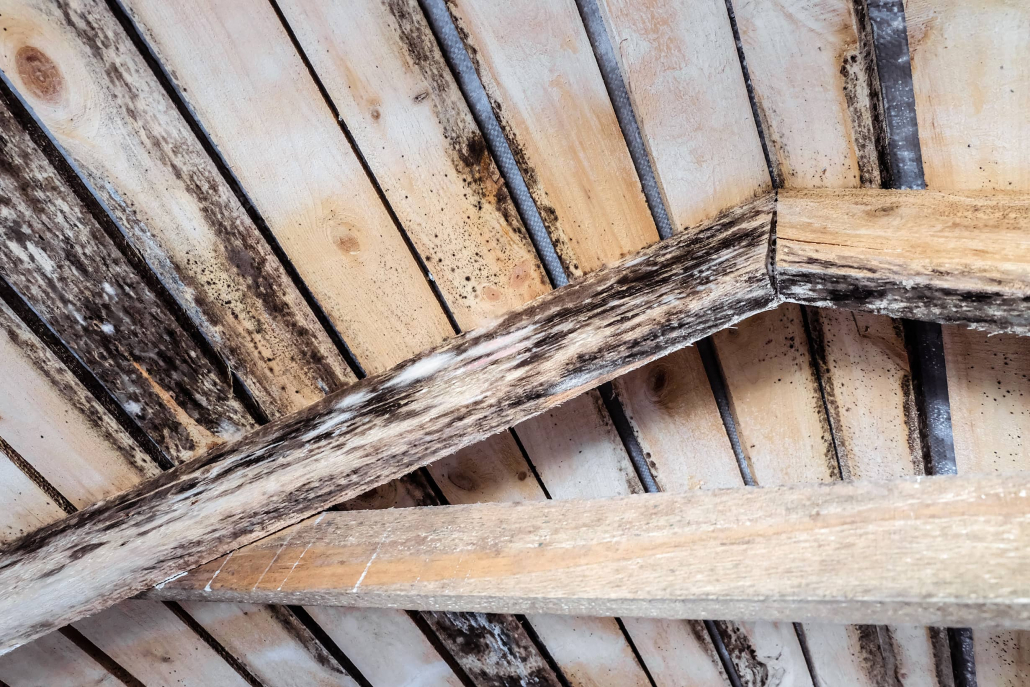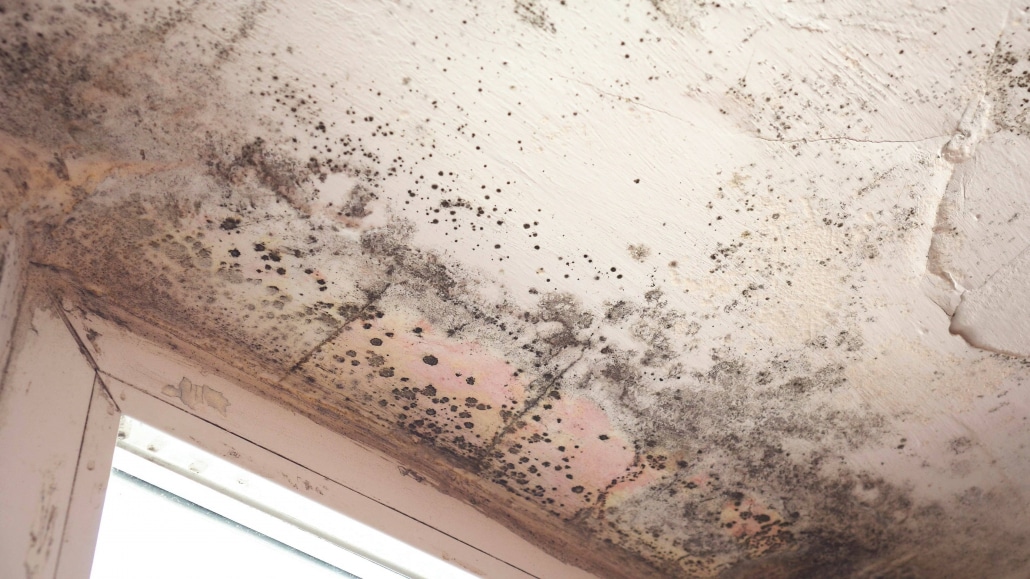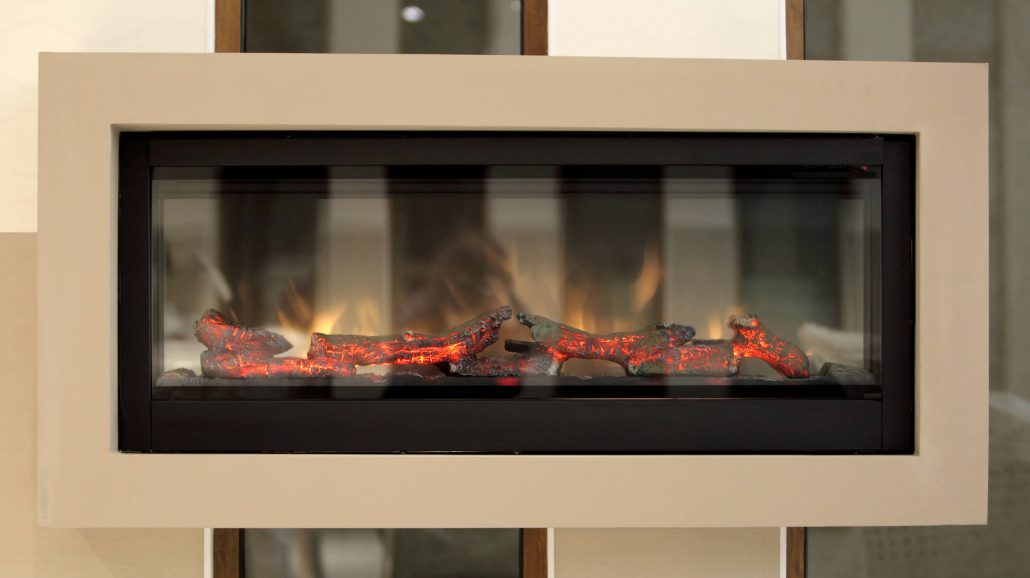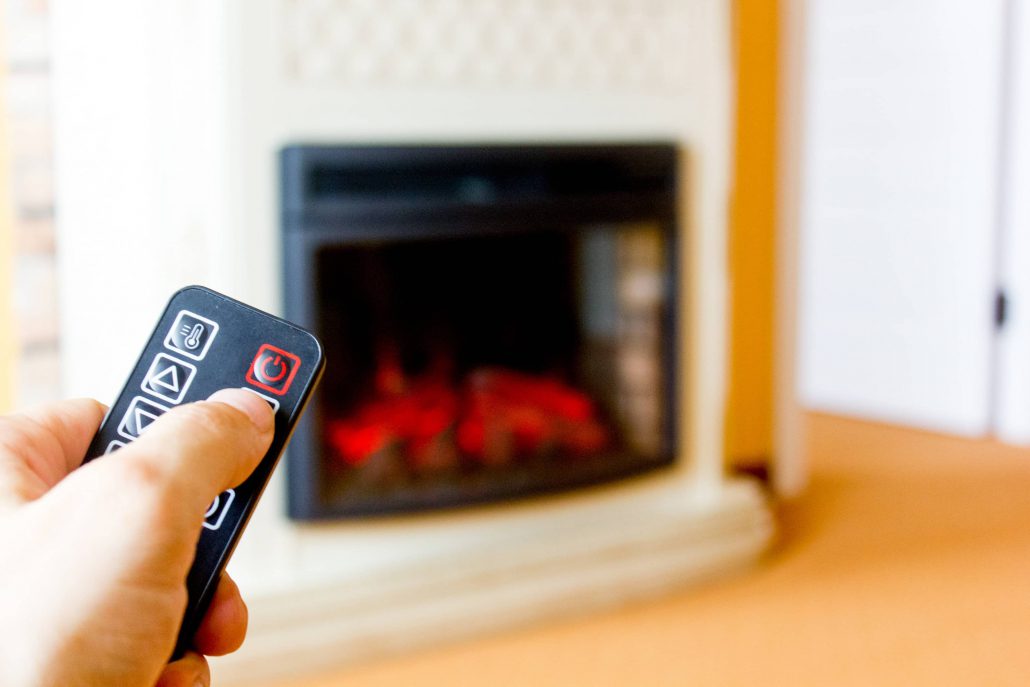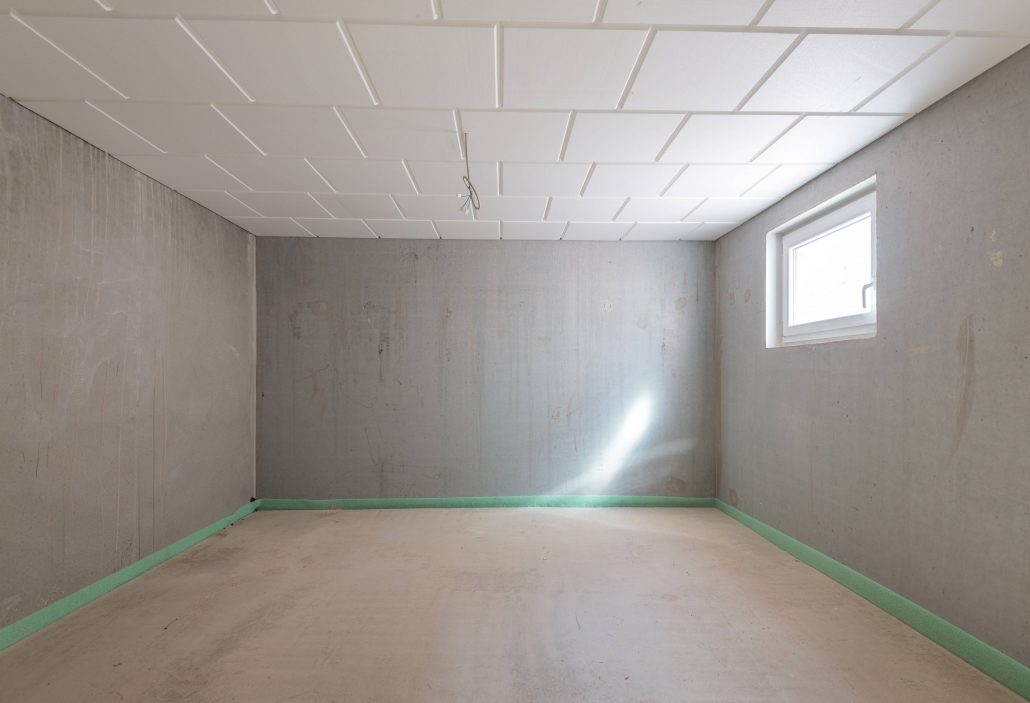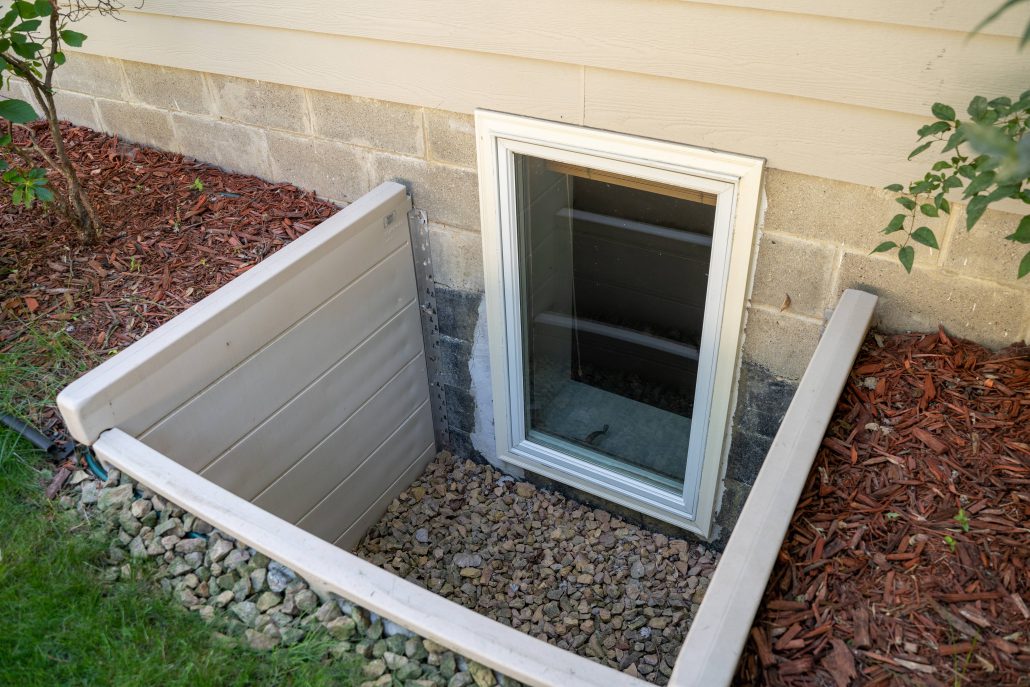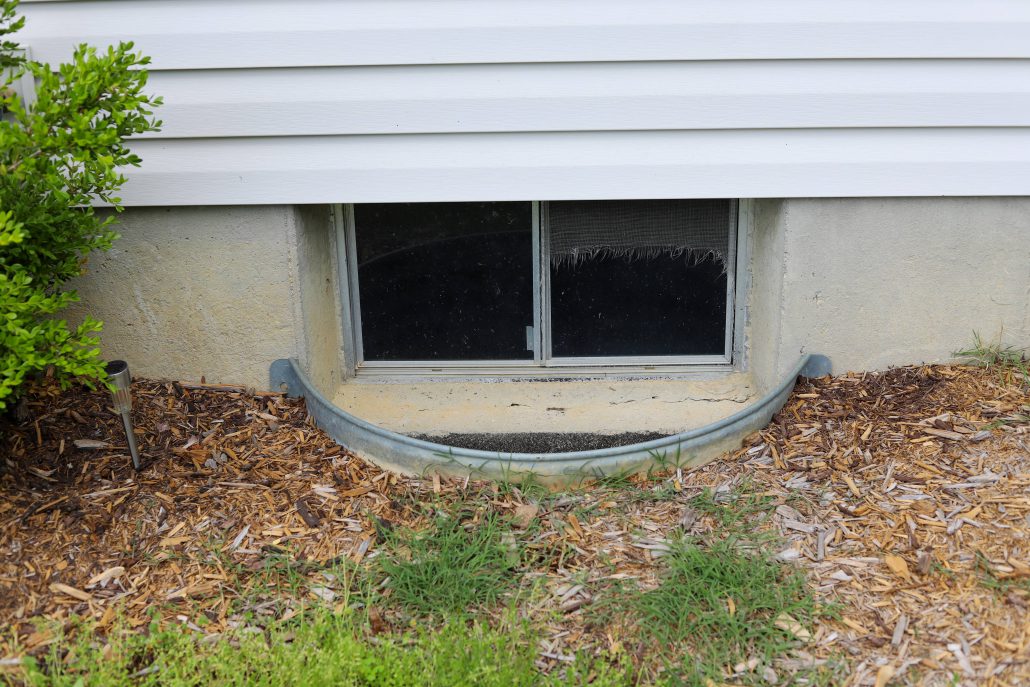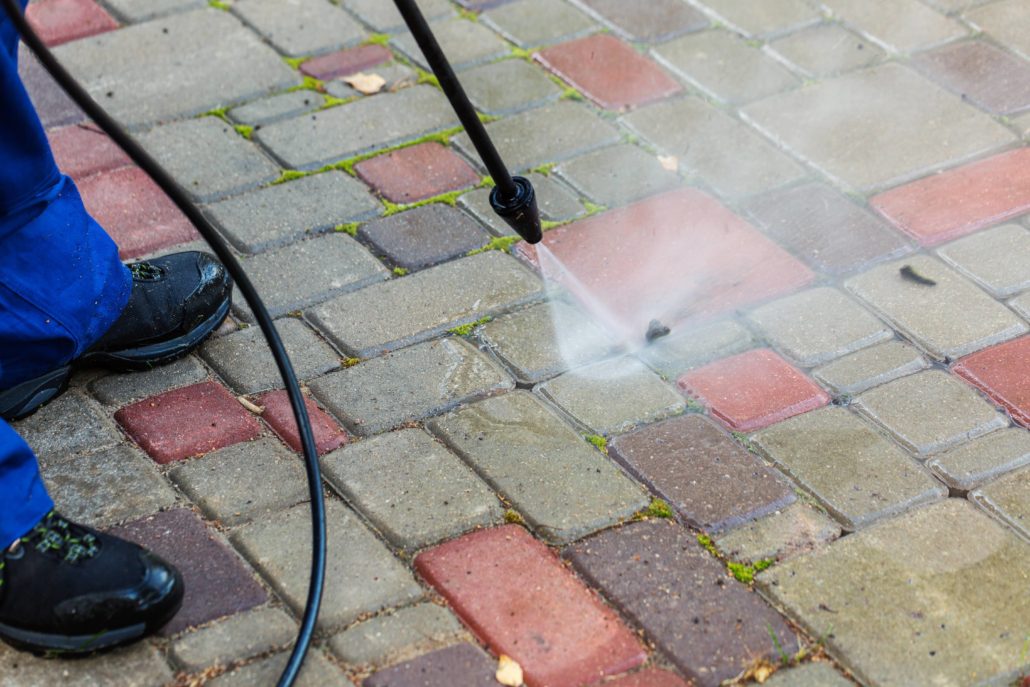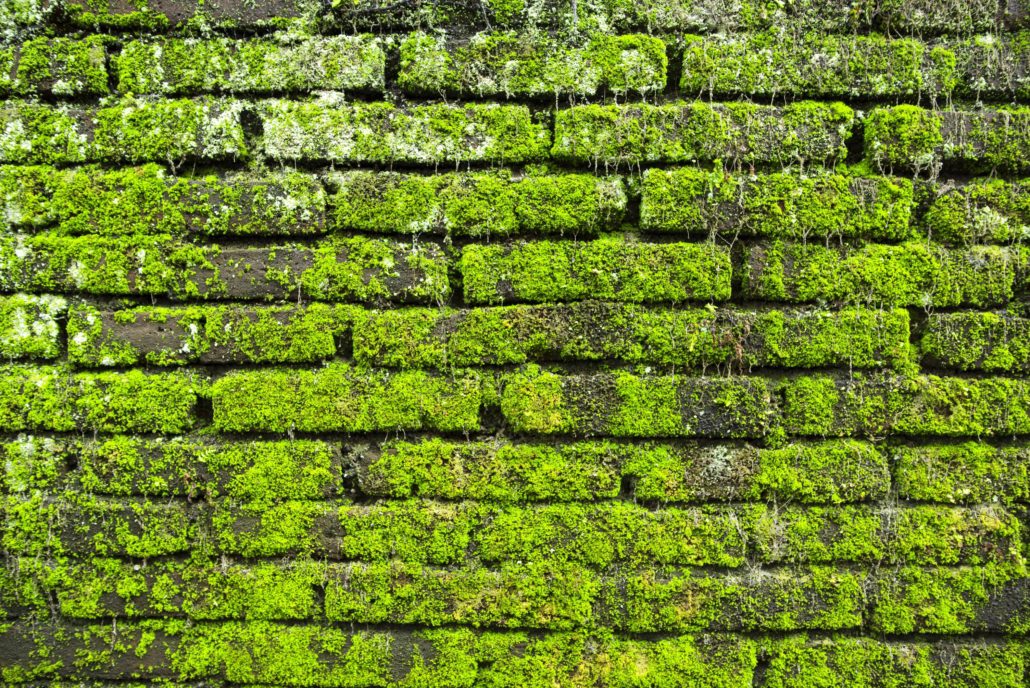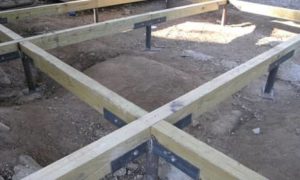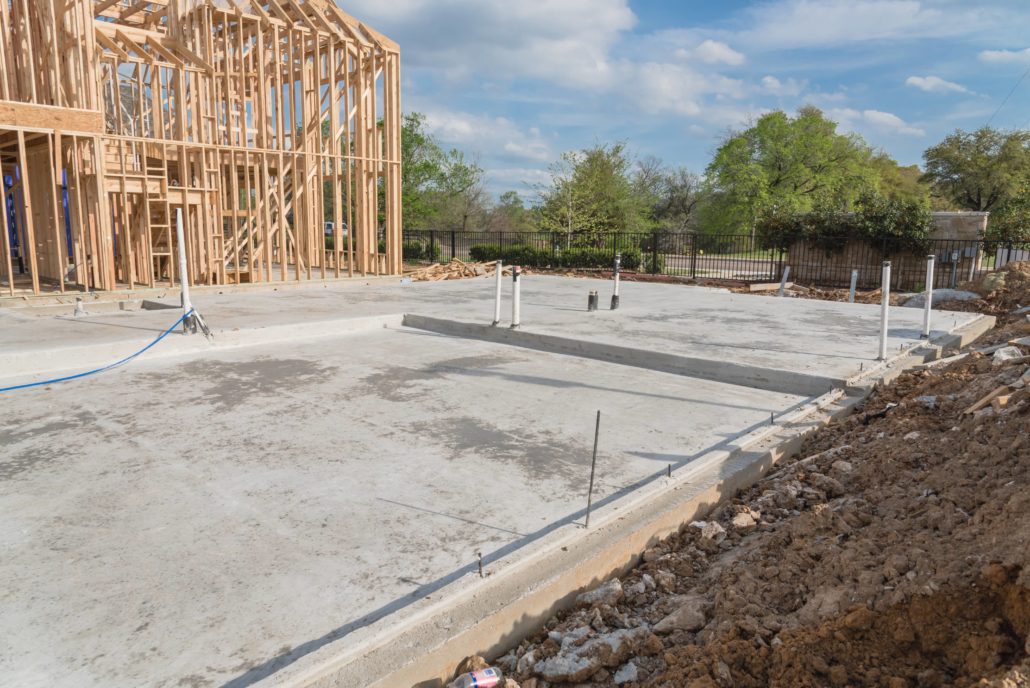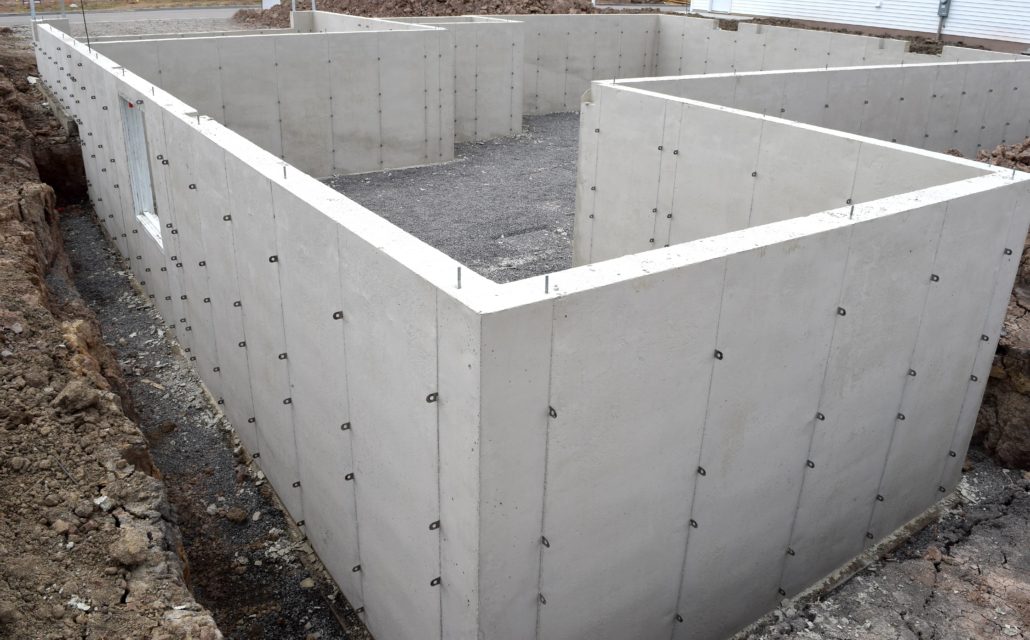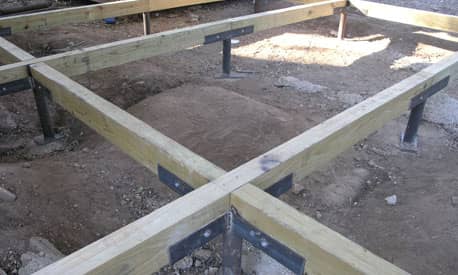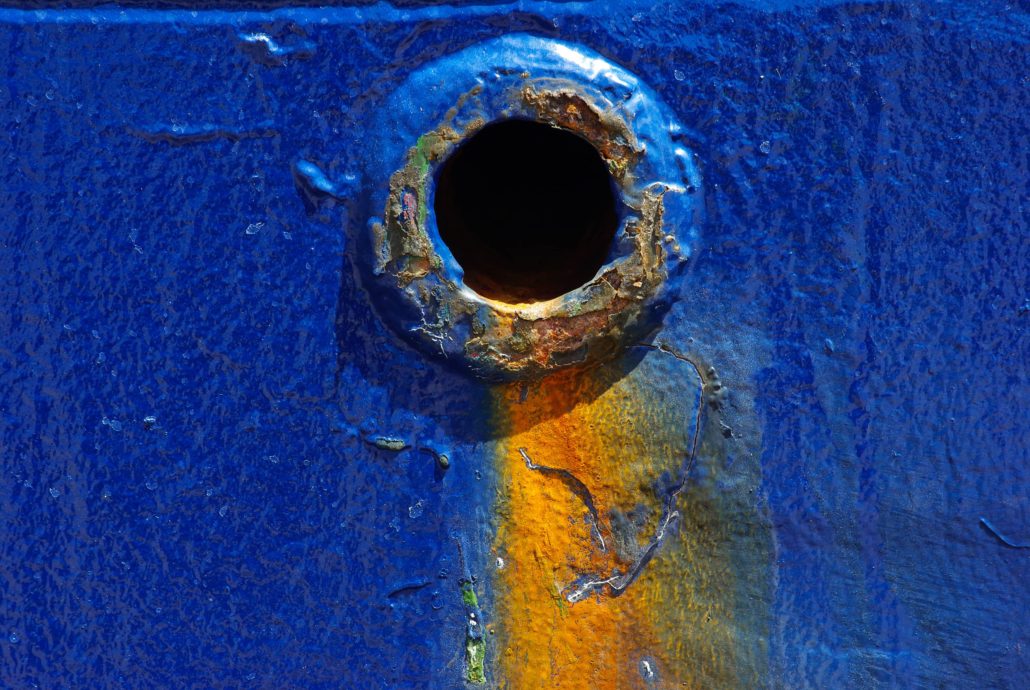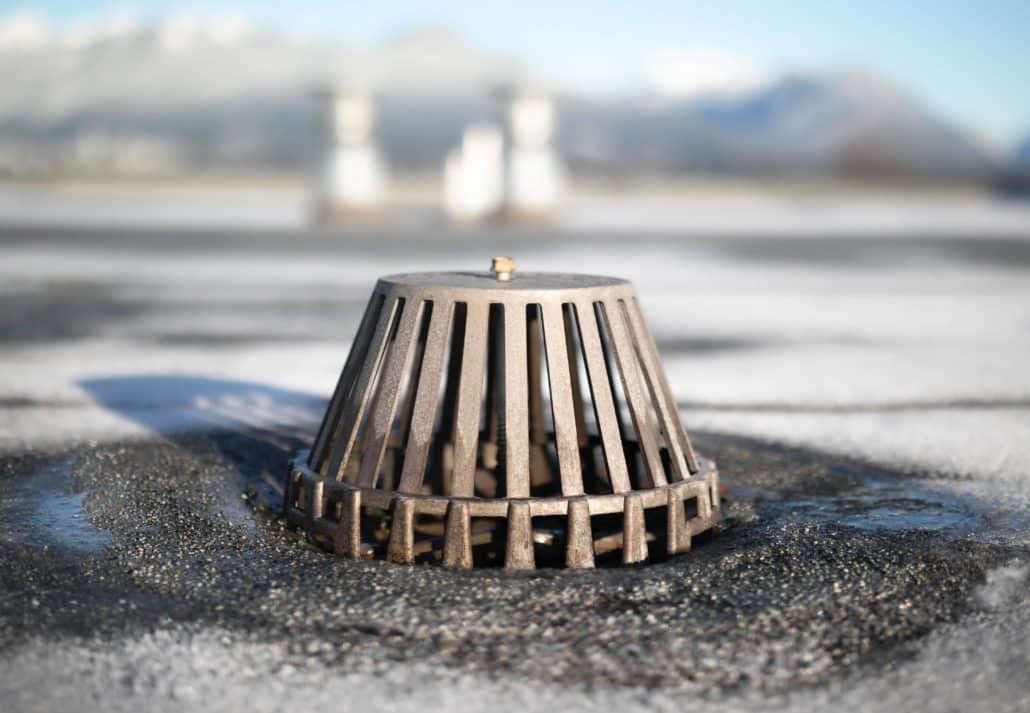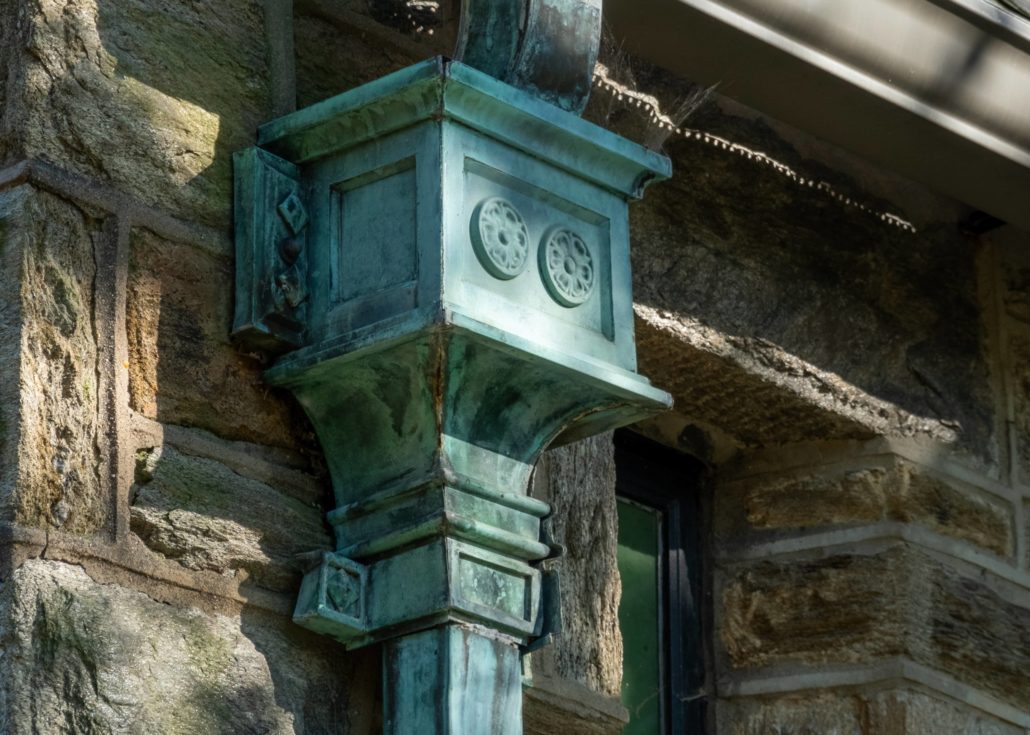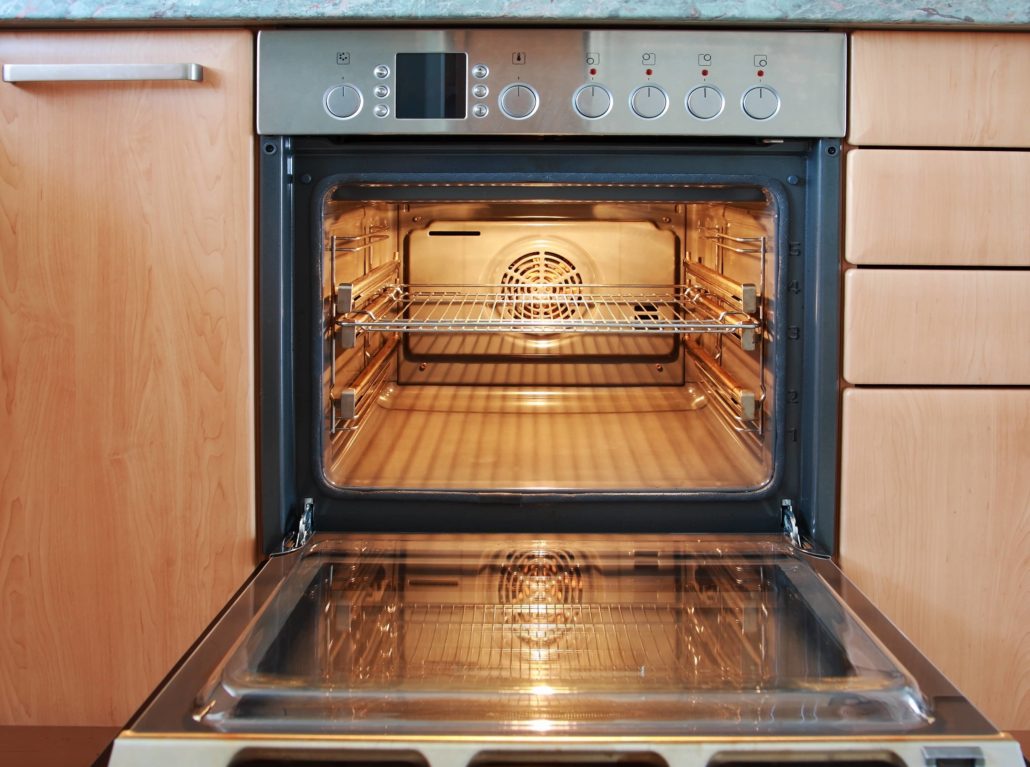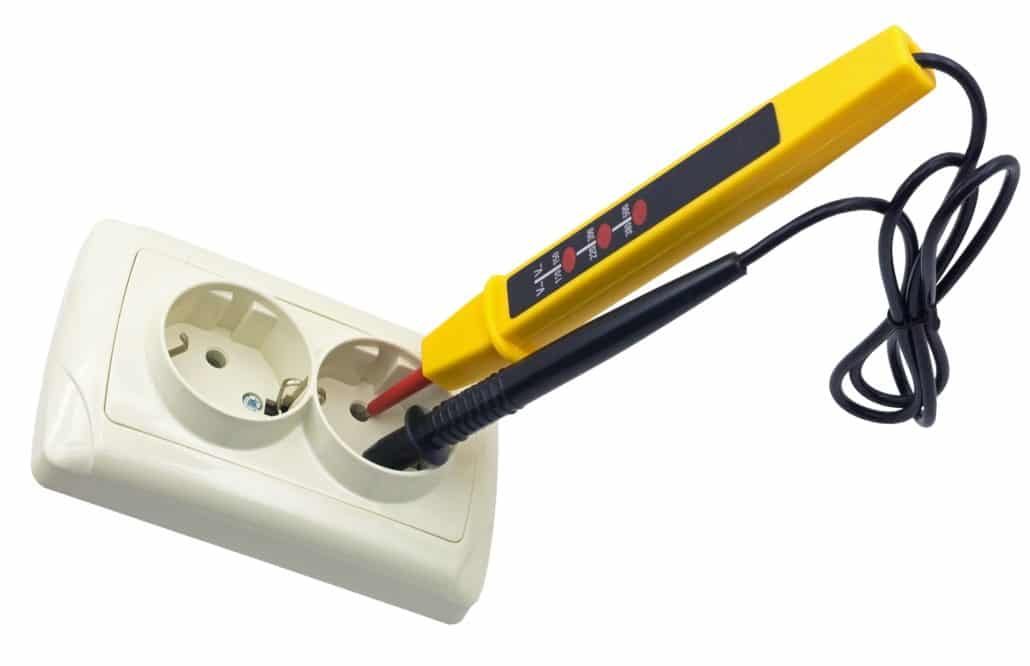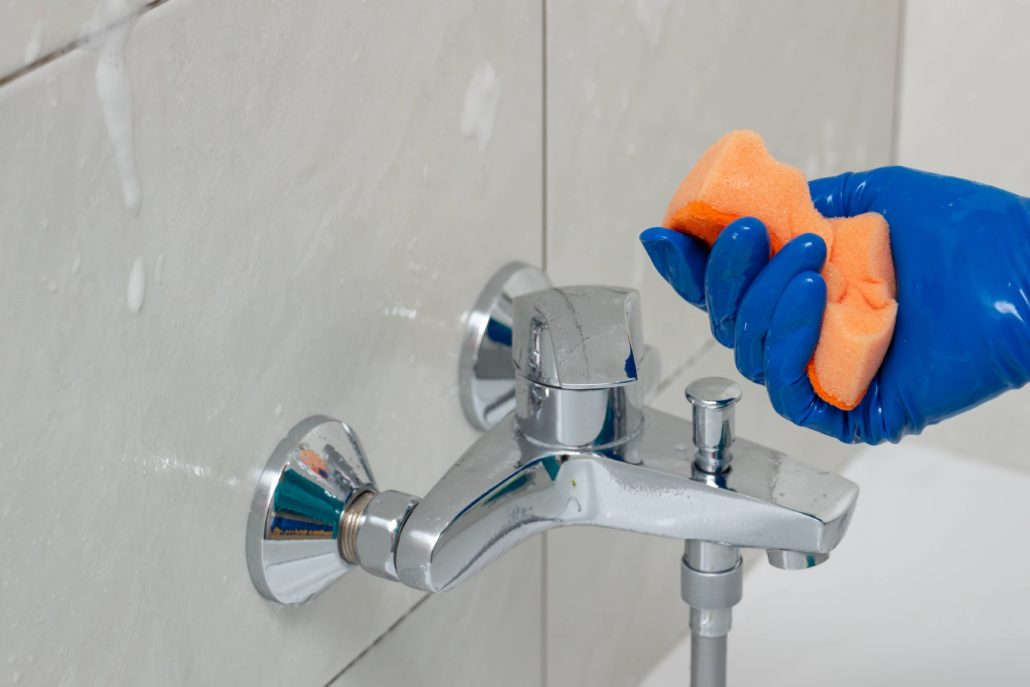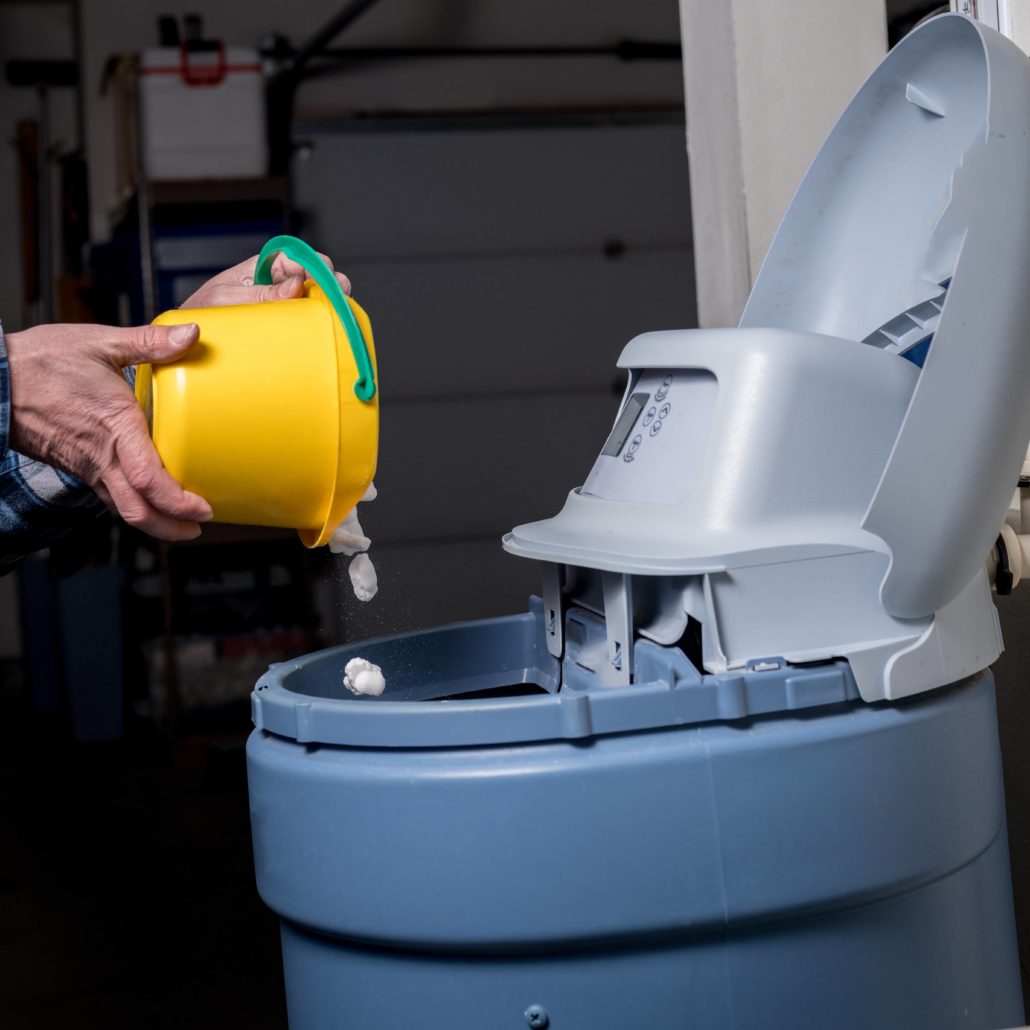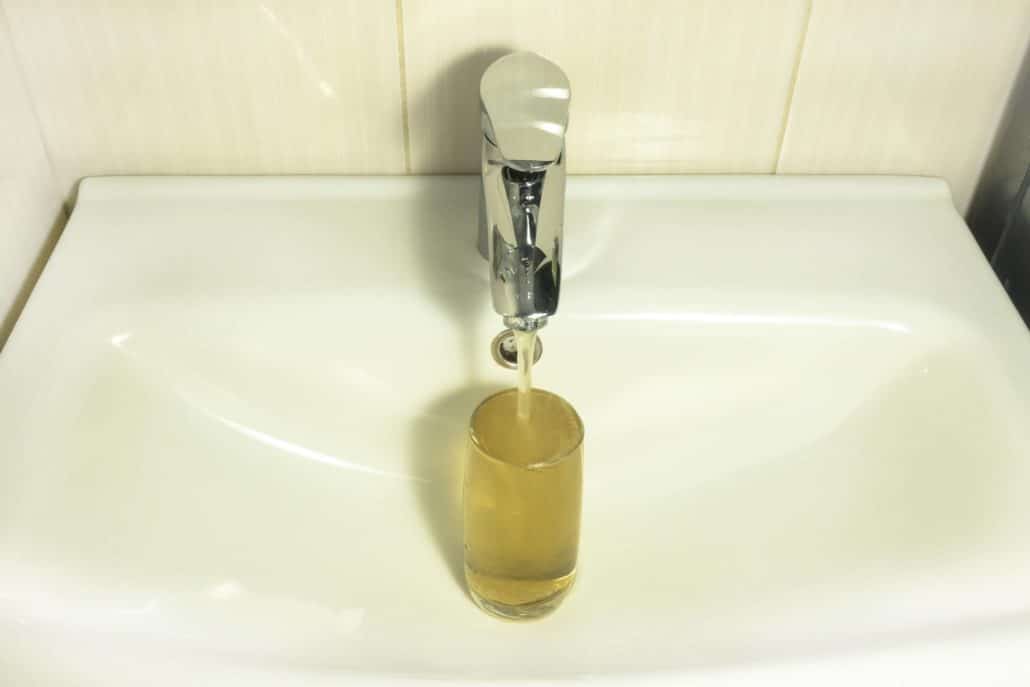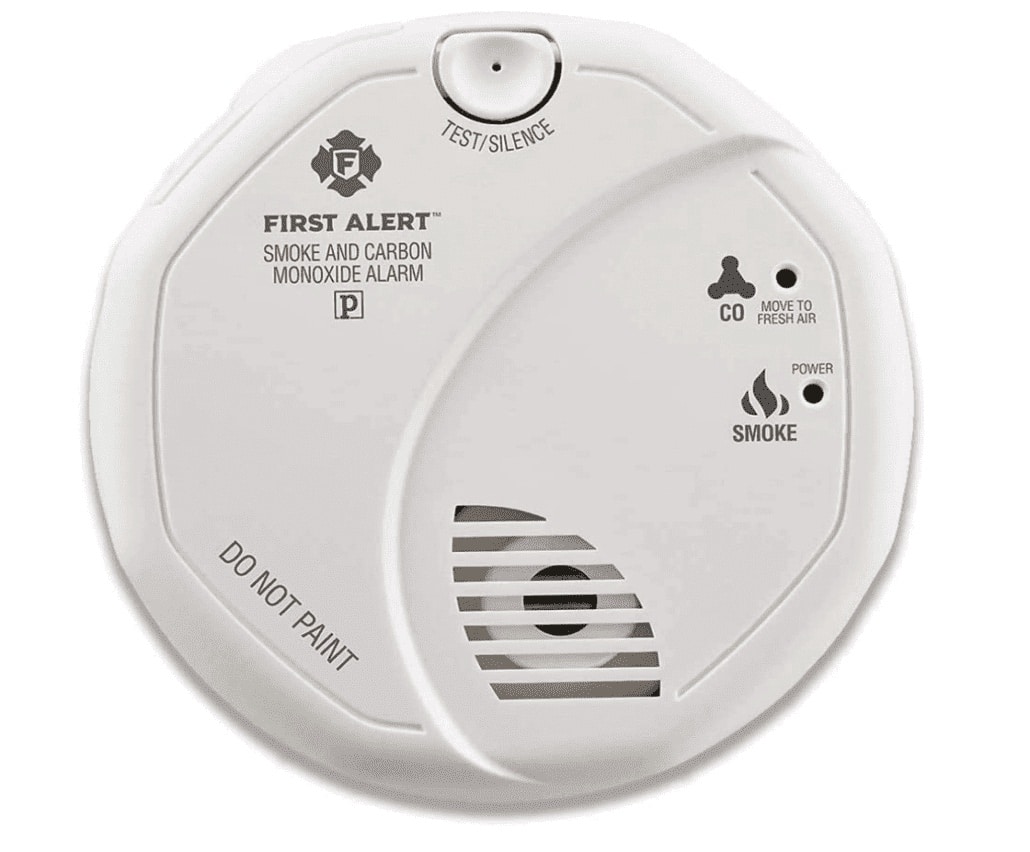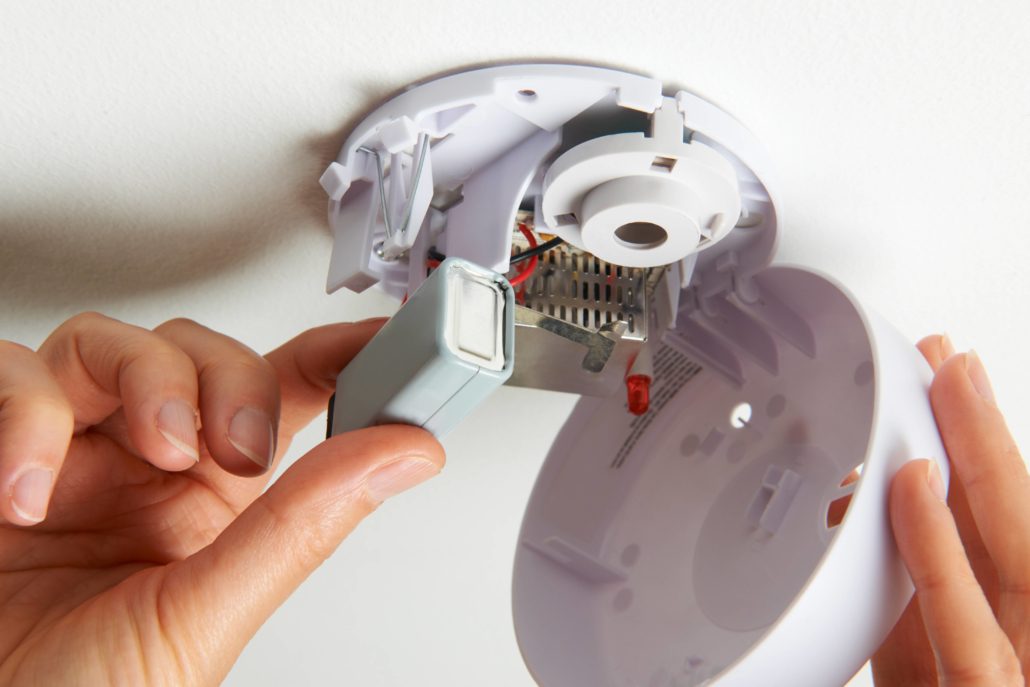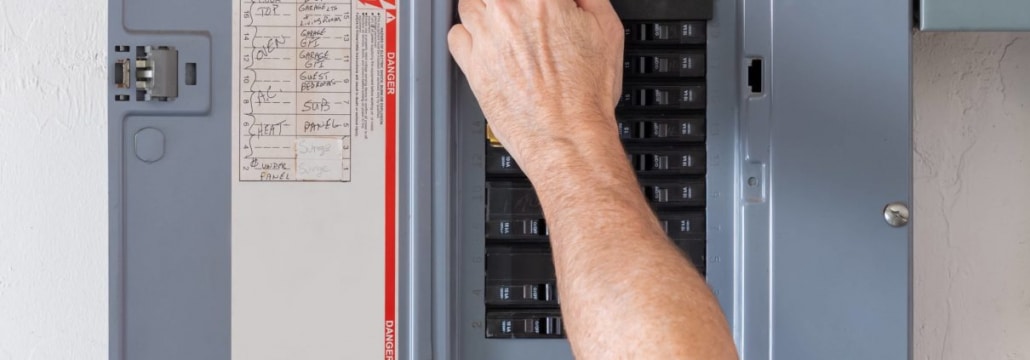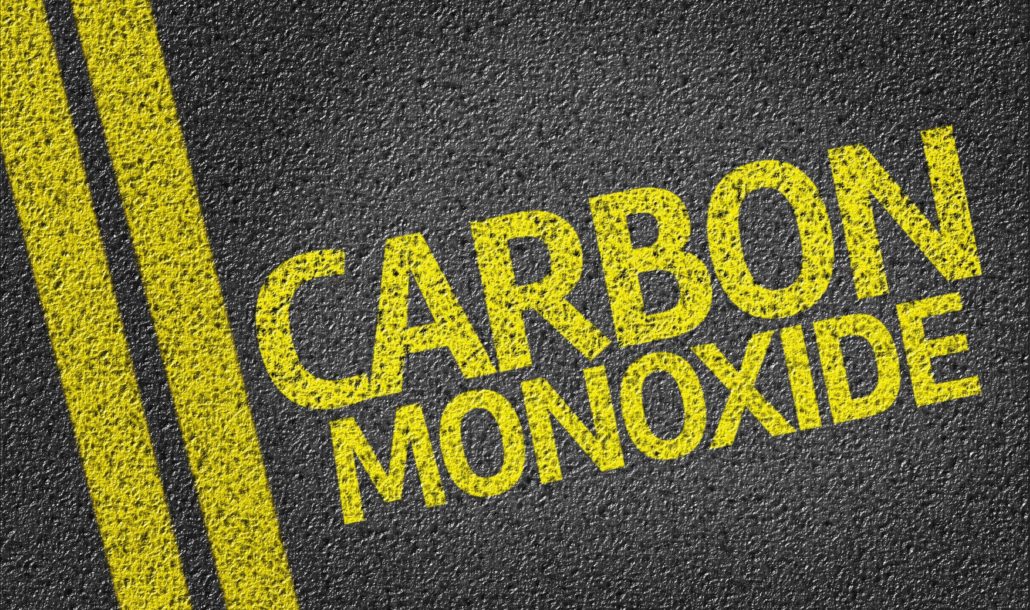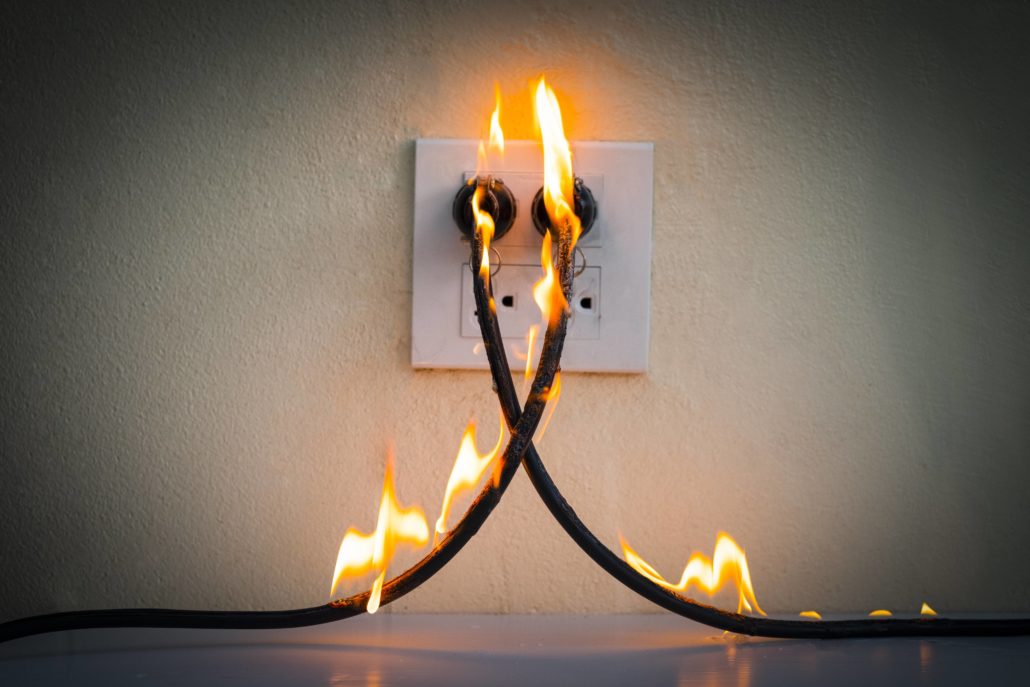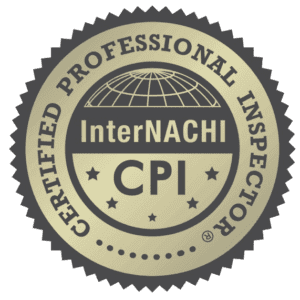As the winter months approach it is completely reasonable to think that you forget about your sprinkler system. Unfortunately, this is not an option when it comes to winterizing. Just like how you look to winterize your swimming pool pipes, you should winterize your sprinkler system. While you ensure that the chimney or HVAC system is ready for winterization, don’t forget the sprinkler system. When to worry about sprinkler system freezing? Running the sprinkler system when it is 32 degrees Fahrenheit or below is cause for concern.
Let’s take a look below at the best ways to protect your sprinkler system in the winter months.
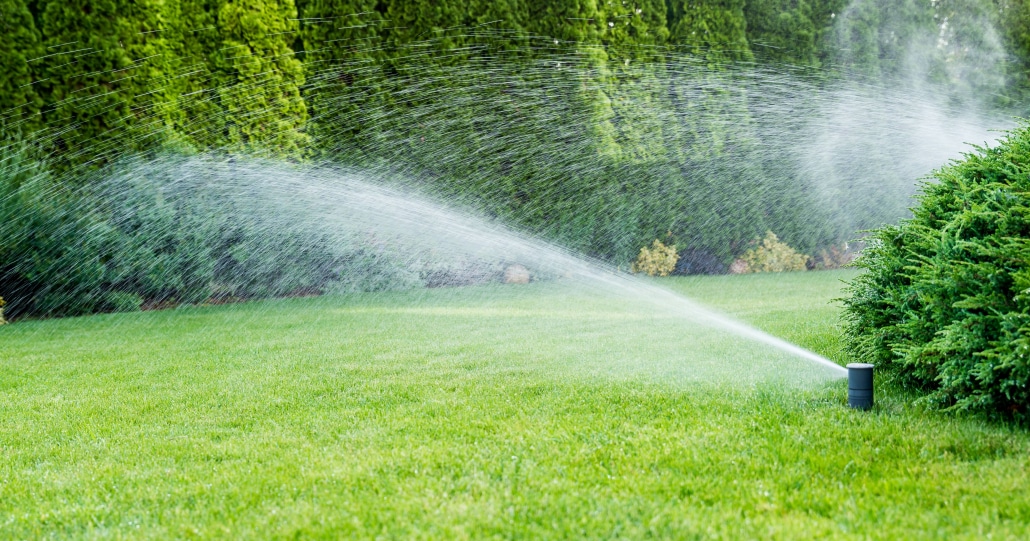
Best Ways To Protect The Sprinkler System
Remembering to winterize your sprinkler system to protect the system is typically the furthest thing from your mind. Projects like cleaning your chimney or sealing your doors and windows before the winter months usually take priority. Should you forget to winterize your sprinkler system, this could prove to be costly. When it comes time to restart your system, you need to ensure everything is working properly. When to worry about your sprinkler system freezing is typically around the months before cold temperatures begin to arise. Here are some ways that you can avoid spending more money on your sprinkler system.
- Water supply-shut off the water supply to the sprinkler system. This ensures that no running water is remaining in the pipes after they are blown out. Water will freeze and expand in the pipes if you leave water in them.
- Unplug booster pump-not all systems have this, however, if yours does, simply unplug it from the outlet or disconnect the control box from it’s power source.
- Relieve pressure-run the system for up to 2 minutes on any zone. This pushes out any pressure from the system. No water comes out, simply air pressure release.
- Outside pipe-open the outside pipe by turning the spigot that attaches to the outside pipes.
- Open outside RPZ valves-using a flat head screw driver open the RPZ valves that are located on the outside of your system.
Calling out a professional winterization irrigation or sprinkler system company is the final step. They can blow out the lines of your system and ensure that no remaining water is left to freeze and expand in your pipes or sprinkler heads.
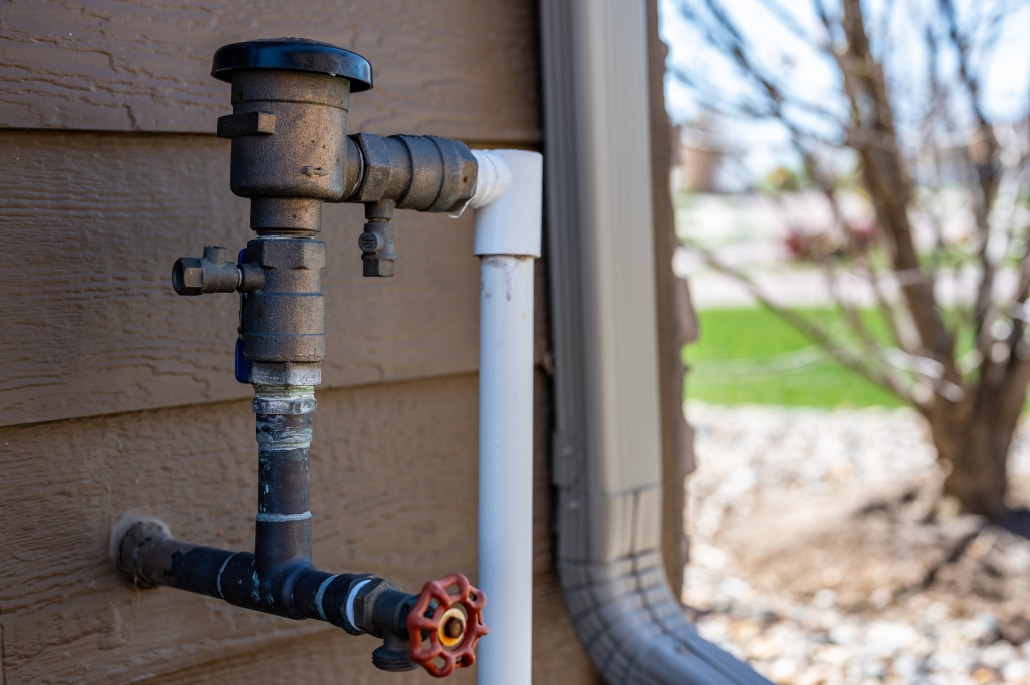
How Much Does It Cost
Winterizing your sprinkler system costs vary depending on where you live and the time of year. The national average for blowing out your sprinkler system lines can range from $30 to $160 in costs. This cost covers all equipment maintenance and service. The national average depending on the size of the system is $55 to $85.
Other Recommended Maintenance
While you are exploring your options for winterizing your sprinkler system, ensure that all pipes are free from damage. Knowing this answer can also save money. Having a professional come out and inspect your sprinkler system before winterizing is key. You can also look into how to repair broken PVC pipes. This ensures any issues are handled in a timely manner.
Since you are on the topic of winterizing projects. It is a great idea to look into your fireplace maintenance at this time. Maintaining your fireplace is important to ensure that you do not end up with major repairs. Hiring a professional to come and clean your chimney is a great idea. Completing all winterizing projects in the early Fall is key.
Finally, as the snow and rain appear more often in the winter months, consider waterproofing your basement. Understanding the importance of waterproofing your basement can save you a lot of money. It also saves you from the headache of the groundwater seeping into your basement. Allowing water intrusion can cause mold and mildew to build. These are not ideal circumstances. Water-proof your basement in the summer months so it is ready for the winter.

When Do I Call A Professional
Calling on a professional irrigation or sprinkler system company is a great idea. In this case, they can provide you with the best service for maintaining your sprinkler system in the winter months. Winterizing the sprinkler system is not always an easy task for the homeowner. Getting your local irrigation or sprinkler system professional out to assist is highly recommended. The irrigation or sprinkler system company can look over your system and provide the recommended maintenance so you don’t worry about the sprinkler system freezing. This ensures the system is ready for use when the temperatures sustain above 32 degrees Fahrenheit.
Conclusion
Winterizing your irrigation/sprinkler system is a great necessity. Failing to get this project completed risks the possibility of having your system’s pipes burst. You might even see the sprinkler heads pop off. At the freezing point of 32 degrees, Fahrenheit water left in your sprinkler system can expand and burst the pipes. Call on Home Inspection Geeks to take a look at your winterizing needs. Home Inspection Geeks can take a look at your winterizing needs when we come out for a home inspection in the Cook, Lake, and DuPage Counties, IL.

